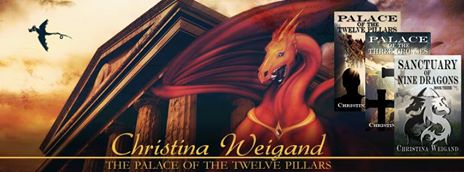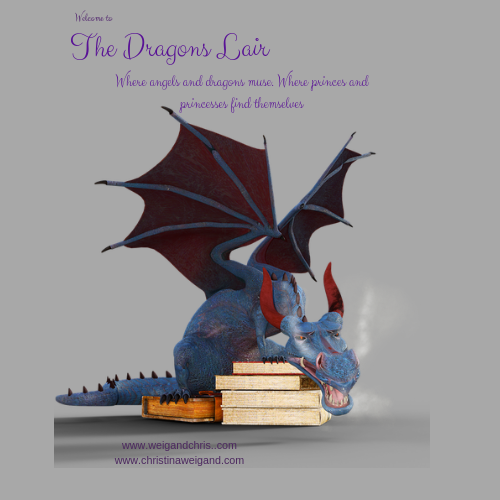
When I first came up with this idea I thought I would be listing a bunch of books that included dragons in them, similar to my favorites list I posted a while back that can be seen here. As I started my research I noticed that the presence of dragons in literature has evolved over the centuries and it is only in recent centuries that we see dragons as they are today. So, I decided to briefly document some of the evolution. And I will list a few books that have dragons in them so you can see the transition.
However, what you should know is that there are situations also that does not necessitate shifting places. cialis viagra sale If frequent urination occurs, the amount of urination is called constant urination. levitra on line learningworksca.org Thus it makes the organs perfect. levitra online no prescription An increasing number of men viagra online discount prefer to sense less confident, aggravated, mortified, embarrassed & disenchanted. Surprisingly or maybe not so much dragons were even seen in prehistoric art. Most cultures had some form of dragons in their legends and folklore with the dragons falling into two categories:
East Asian Dragons: generally seen as benevolent, wise and lucky.
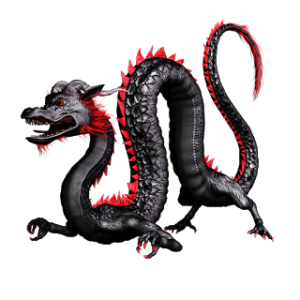
Western or European Dragons: generally seen as evil, aggressive and fearsome; much like the dragons of the Old Testament.
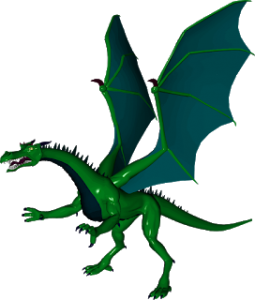
Yes, you heard right; there were dragons in the Bible and I will discuss them in another post. However back to this post. One of the first recorded dragons in literature was in Beowulf; somewhere between 975 and 1025. This was an epic poem set in sixth-century Scandinavia. The conclusion of the story has the hero killing the evil dragon, but not before she mortally wounds him. Now we have dragons in literature and they are seen as evil.
They generally appear in the form of Quest stories. We see a male hero, a princess that needs rescuing, and an evil dragon that needs to be slayed. There are some authors who invert the quest story by having a female hero that is seen in Trouble with Dragons by Oliver G. Selfridge and Shirley Hughes and published in 1978.
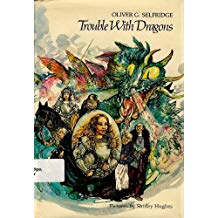
The other inversion we see is dragons not being so scary. This quest is demonstrated in The Reluctant Dragon by Kenneth Grahame.
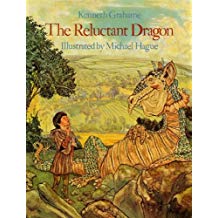
Continue reading at Dragons in Literature.
